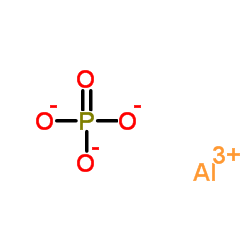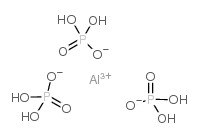| 结构式 | 名称/CAS号 | 全部文献 |
|---|---|---|
 |
磷酸铝
CAS:7784-30-7 |
|
 |
磷酸二氢铝
CAS:13530-50-2 |
| 结构式 | 名称/CAS号 | 全部文献 |
|---|---|---|
 |
磷酸铝
CAS:7784-30-7 |
|
 |
磷酸二氢铝
CAS:13530-50-2 |